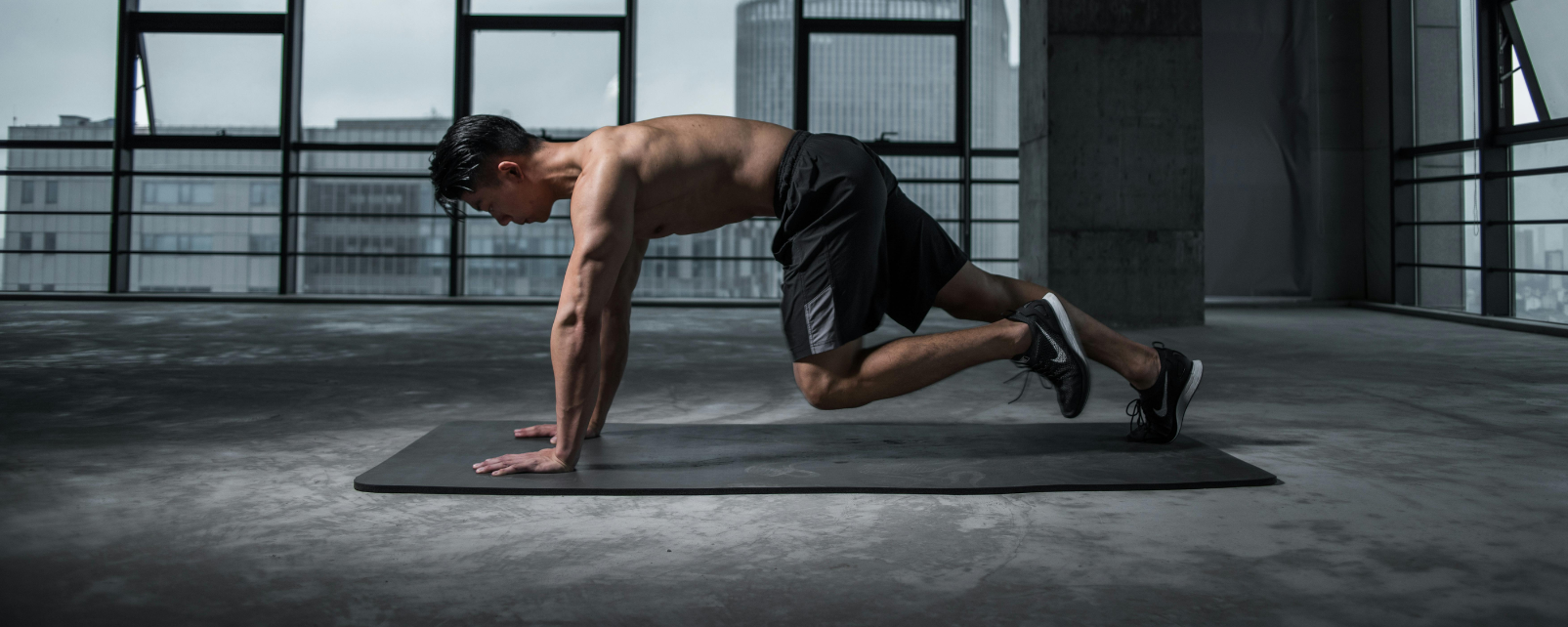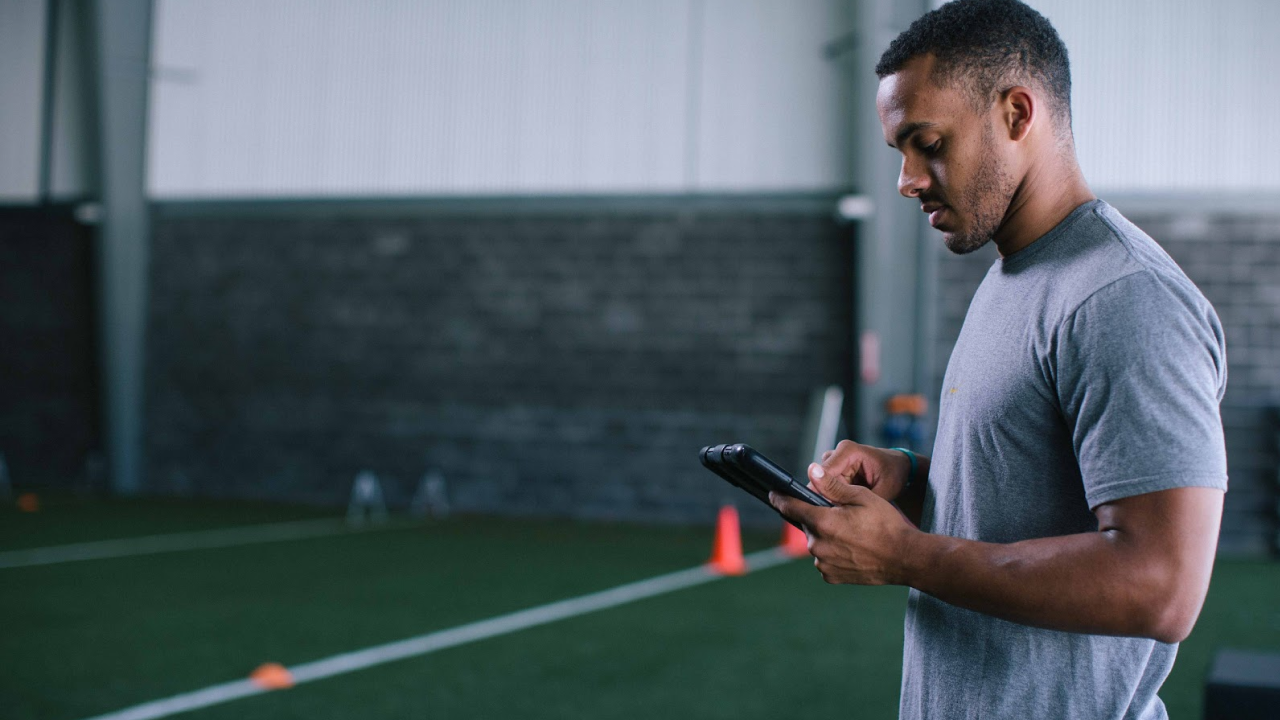Better Coaching
Let's talk about your goals to always be better.
To start, let's talk about coaching at your best.
Positive coaching is a hot topic right now, and once again, one that relates back to communication.
The way you communicate with your athletes can build them up or break them down, maybe in ways you weren't even aware of.
Read more about positive coaching.
With more free time, you'll find more time to focus on your coaching. For instance, you . may find the time to get another certification, such as one through Exos.
Getting another certifications and learning different ways to approach exercises is just one channel that can be taken advantage of on your path to better coaching.
Taking the time to understand what your staff or athletes need is another way that you can become a better coach. This can be as simple as sitting down and really learning about the technology you want your staff to be using.
Coach Webb believes that it's essential for coaches to understand the technology and data they are gathering so they can then communicate with the rest of their coaching staff, as well as their athletes.
By understanding what he was using technology for, he was better able to examine the behaviors of his athletes so he can more easily identify signs of overtraining. This has been a huge step for his staff to help their athletes avoid injury while training, thus a huge step towards coaching his athletes better.
Read more tips from Coach Webb
Never stop learning. Researching, reading and asking questions are three easy ways to ensure you are always bettering yourself as a coach. Especially if you are coaching athletes from a variety of sports.
Pro tip: Go out to practices and watch how the athletes move. Finding deficiencies or indicators of overtraining on the field can be clear signs of what you can easily address in the gym.
Understanding your athletes needs and being able to be adaptable is another path towards better coaching.
Becoming adaptable means being able to shift how you are coaching to better match the coaching an athlete needs. Flexible leadership will increase your communication and relationship with your athletes because you are putting their needs first.
This is a way to avoid disengagement from your athletes, if they don't respond well to your coaching style it can cause friction or lack of interest.
While both you and your athlete should attempt to find common ground for how to best work together, forging the first step towards better communication can go a long way in harnessing your athlete's optimal performance.
Worried about player engagement? Read more about it.
- Create basic strength development markers.
About the Author

At Bridge, we are all athletes and coaches first. As athletes, our team has experienced everything from riding the pine on JV, to winning NCAA championships, to competing in the Olympic Games. As coaches, we have helped countless athletes reach their full potential, winning everything from age group section championships to Olympic Gold Medals.
Related Posts

Six Benefits of Exercise on Mental...
Exercise is not only vital for physical health but also plays a transformative role in mental...

4 Easy Steps to Launch and Sell a...
The holiday season offers a unique opportunity for personal trainers to reach more clients and...

4 Proven Offers to Attract Clients and...
Standing out in the competitive world of personal training and fitness coaching requires more than...



